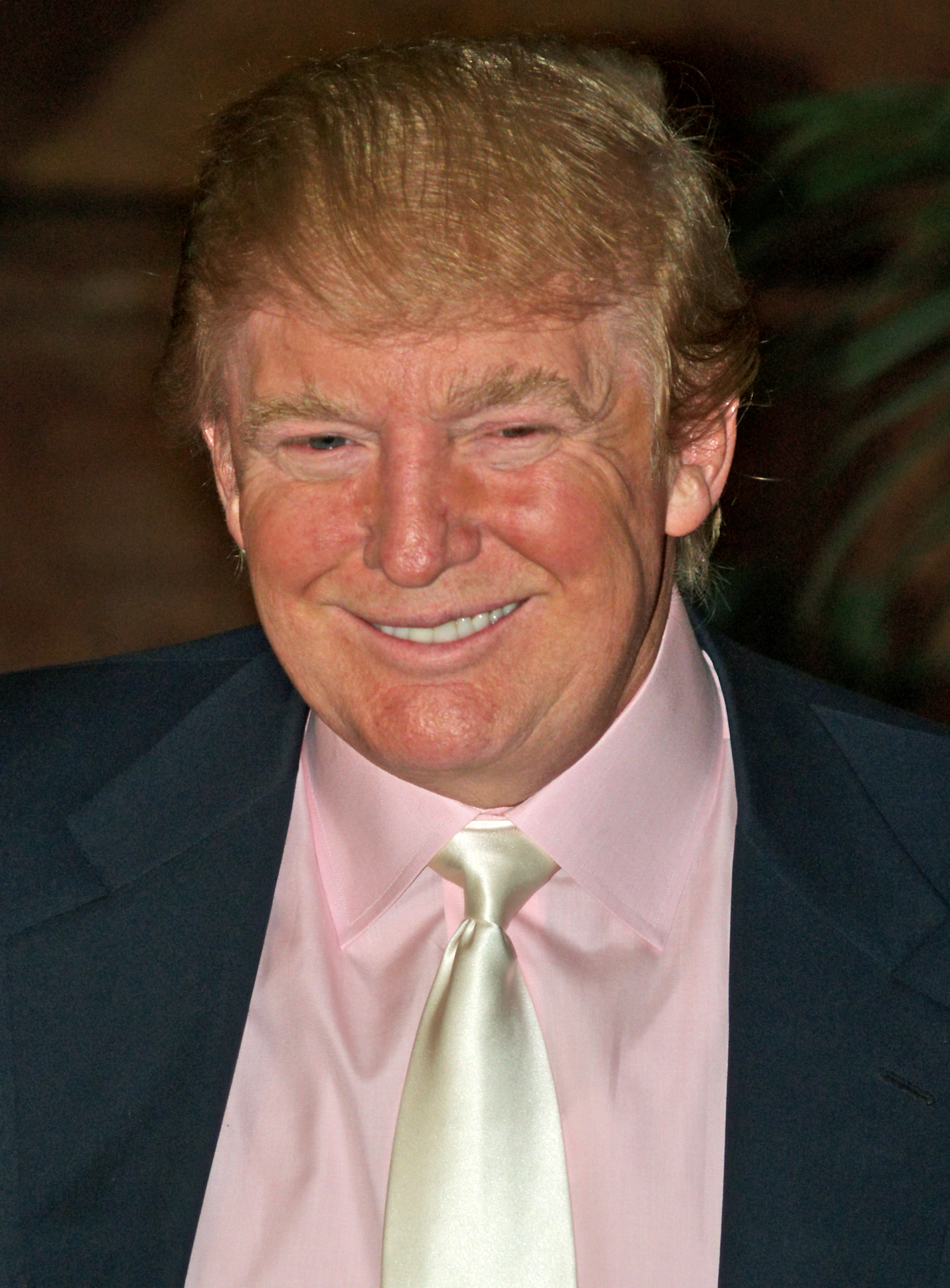
In his book Naked Economics—Undressing the Dismal Science, the American author Charles Wheelan recounts a very interesting story about his visit to Cuba. Cuba, as you know, dear reader, has been under a communist regime for a very long time.
As Wheelan writes: “Because the visit was licensed by the U.S. government, each member of the delegation was allowed to bring back $100 worth of Cuban merchandise, including cigars. Having been raised in the era of discount stores, we all set out looking for the best price on Cohibas [a premium Cigar brand] so that we could get the most bang for our $100 allowance. After several fruitless hours, we discovered the whole point of communism: The price of cigar was the same everywhere. There is no competition between stores because there is no profit as we know it. Every store sells cigars—and everything else for that matter—at whatever price Fidel Castro (or his brother Raul) tells them to.”
Wheelan had basically experienced in Cuba what we in India call the public distribution system. Further, he had managed to find cigars everywhere he went though at the same price. What this tells us is that the public distribution system in Cuba did work, at least when it came to cigars. In India, it does not.
The government runs the public distribution system through around five lakh fair priced shops also known as ration shops. Unlike Cuba, these shops are very leaky. And food grains and kerosene that are sold through these shops do not reach the intended beneficiaries and find its way into the open market. The fair price shop owners benefit in this process.
As per the Economic Survey which was released last month, 54% of the wheat and 15% of the rice that is distributed through the public distribution system does not reach the intended beneficiaries. Along similar lines, 48% of sugar is siphoned off as well (as per last financial year’s Economic Survey). When it comes to kerosene, nearly 46% is siphoned off. 24% of domestic cooking gas and 40% of fertilizer is also siphoned off.
This means that the government of India loses a lot of money every year. As the economist Kaushik Das writes in An Economist in the Real World: “The problem arises from the fact that in India the food subsidy is handed to poor households via the ration shops. The government delivers subsidised grain to the store owner and the owner is then instructed to hand this over at the prescribed price to Below Poverty Line (BPL) households and to some other categories of vulnerable households.”
The assumption is that the shop owners will honestly pass on the grains and kerosene to those it’s meant for. As Basu writes: “If store owners were perfectly honest, this would work fine. But if they are not, then it is easy to see that many of them will give in to the temptation of making some easy money by selling off some of this subsidised grain in the open market where the price is higher, and turning away some of the deserving poor households or adulterating the grain that is to be sold to those households…A large share of the wheat meant to reach the poor never does because it is pilfered or sold on the open market en route.”
So what is the way out of this? One way is better policing. Nevertheless, as Basu writes: “It is easy to respond to this by asking for better policing. But we have to be realistic. Trying to police such a large system by creating another layer of police and bureaucracy will come with its own problems of corruption and bureaucracy.”
A better solution for this mess is to handover the subsidy directly to the poor households instead of going through the fair price shop owner. How can this be done? This can be carried out through the Aadhaar card linked to a savings bank account.
The penetration of Aadhaar cards has gone up at a very rapid pace all across India. As the Economic Survey points out: “The current government has built on the previous government’s support for the Aadhaar program: 210 million Aadhaar cards were created in 2015, at an astonishing rate of over 4 million cards per week. 975 million individuals now hold an Aadhaar card – over 75 percent of the population and nearly 95 per cent of the adult population…Aadhaar penetration is high across states. Nearly one-third of all states have coverage rates greater than 90 percent; and only in 4 states—Nagaland (48.9), Mizoram (38.0), Meghalaya (2.9) and Assam (2.4)—is penetration less than 50 per cent.”
These cards now need to be linked to savings bank accounts. This will ensure that instead of handing over subsidised grains to the intended beneficiary through the fair price shop route, the government can simply transfer money into his Aadhaar linked bank account. This money can then be used to buy the food grains from any shop instead of just the shops which come under the public distribution system.
This will create competition among shops and ensure that the poor get access to the food grains that they are entitled to. It will also ensure that the leakage of food grains will come down dramatically.
As the Economic Survey points out: “After identifying beneficiaries, the government must transfer money to them. Every beneficiary needs a bank account and the government needs their account numbers. This constraint has been significantly eased by the Pradhan Mantri Jan Dhan Yojana, under whose auspices nearly 120 million accounts were created in the last year alone—at a blistering, record-setting pace of over 3 lakh accounts per day.”
The trouble is that despite this blistering pace, the savings account penetration continues to remain low across large parts of the country. As the Economic Survey points out: “Despite Jan Dhan’s record-breaking feats, basic savings account penetration in most states is still relatively low – 46 per cent on average and above 75 per cent in only 2 states (Madhya Pradesh and Chattisgarh).”
The sooner this is corrected, the faster the government can move to putting cash directly in the accounts of people instead of trying to distribute food grains through a leaky public distribution system.
To conclude, on March 11, 2016, the government moved one step closer to cash transfer of subsidies. The Lok Sabha passed the Aadhaar Bill. Given that the Bill was introduced as a money bill, the government doesn’t have to get the Bill passed through Rajya Sabha.
The column originally appeared on Vivek Kaul’s Diary on March 14, 2016




